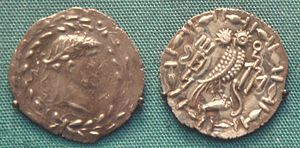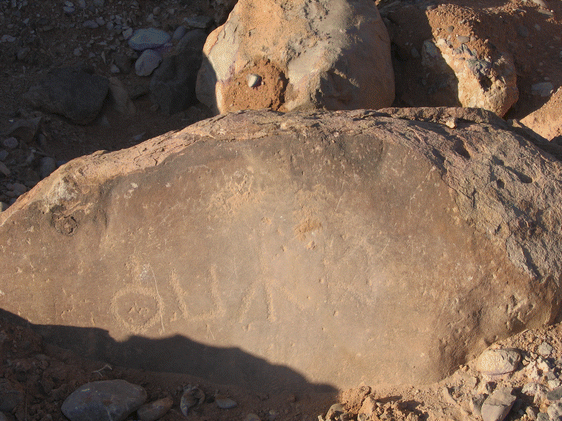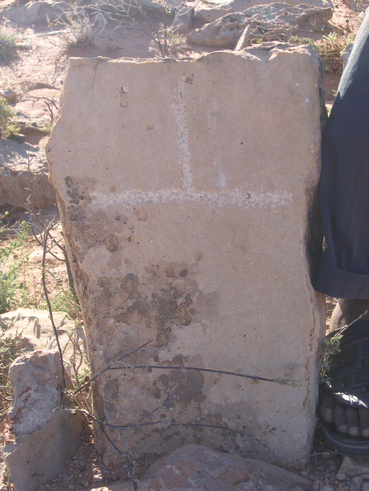These are James Dahl's maps. Here is some of what he has to say about Himyar:
https://historyinthehorn.wordpress.com/2011/09/02/when-himyar-ruled-the-banadir/
'Muqdisho is a very old city, older than most people even realize. The first dynasty to rule Muqdisho was the Tubba’ dynasty of the Himyar kingdom, with the king “Ascad Karb“. Ascad Karb is most likely As’ad Abu-Karib ibn Malik-karib, a king of Yemen who ruled between 418 and 433 CE and a convert to Judaism by Yathrib’s Jewish community following a military campaign there, this dates the foundation of the old town of Xamar Weyne to roughly 420-430 CE.'
The site also has articles on Aksum and Ahmed Gurey. According to the Periplus, Charibael of Himyar ruled Azania, which included the entire Indian Ocean coast as far north as the Cape of Spices (Aromata), and as far south as Tanzania.
https://historyinthehorn.wordpress.com/2011/09/02/when-himyar-ruled-the-banadir/
'Muqdisho is a very old city, older than most people even realize. The first dynasty to rule Muqdisho was the Tubba’ dynasty of the Himyar kingdom, with the king “Ascad Karb“. Ascad Karb is most likely As’ad Abu-Karib ibn Malik-karib, a king of Yemen who ruled between 418 and 433 CE and a convert to Judaism by Yathrib’s Jewish community following a military campaign there, this dates the foundation of the old town of Xamar Weyne to roughly 420-430 CE.'
The site also has articles on Aksum and Ahmed Gurey. According to the Periplus, Charibael of Himyar ruled Azania, which included the entire Indian Ocean coast as far north as the Cape of Spices (Aromata), and as far south as Tanzania.

 Himyar in Konfuur? This has to be a joke. Where are these semitic inscriptions? They're all over Ethiopia and even became their language(kinda).
Himyar in Konfuur? This has to be a joke. Where are these semitic inscriptions? They're all over Ethiopia and even became their language(kinda).







